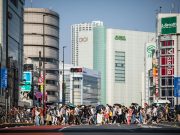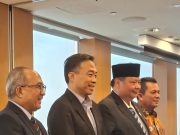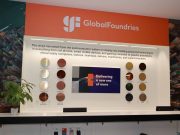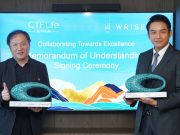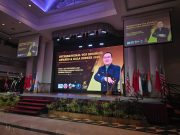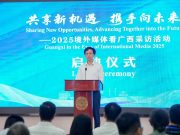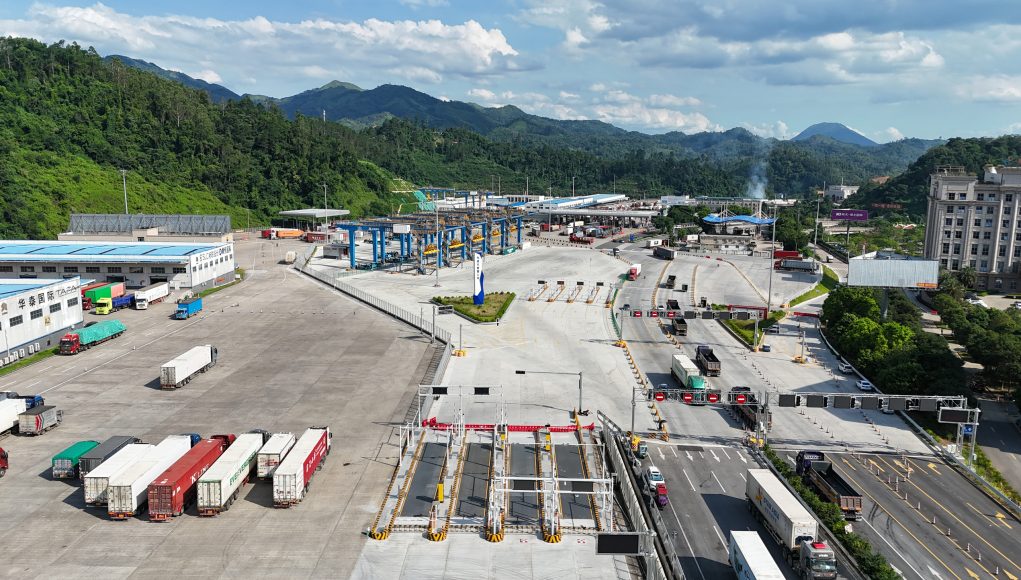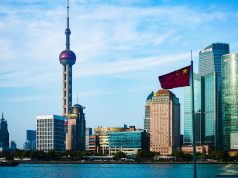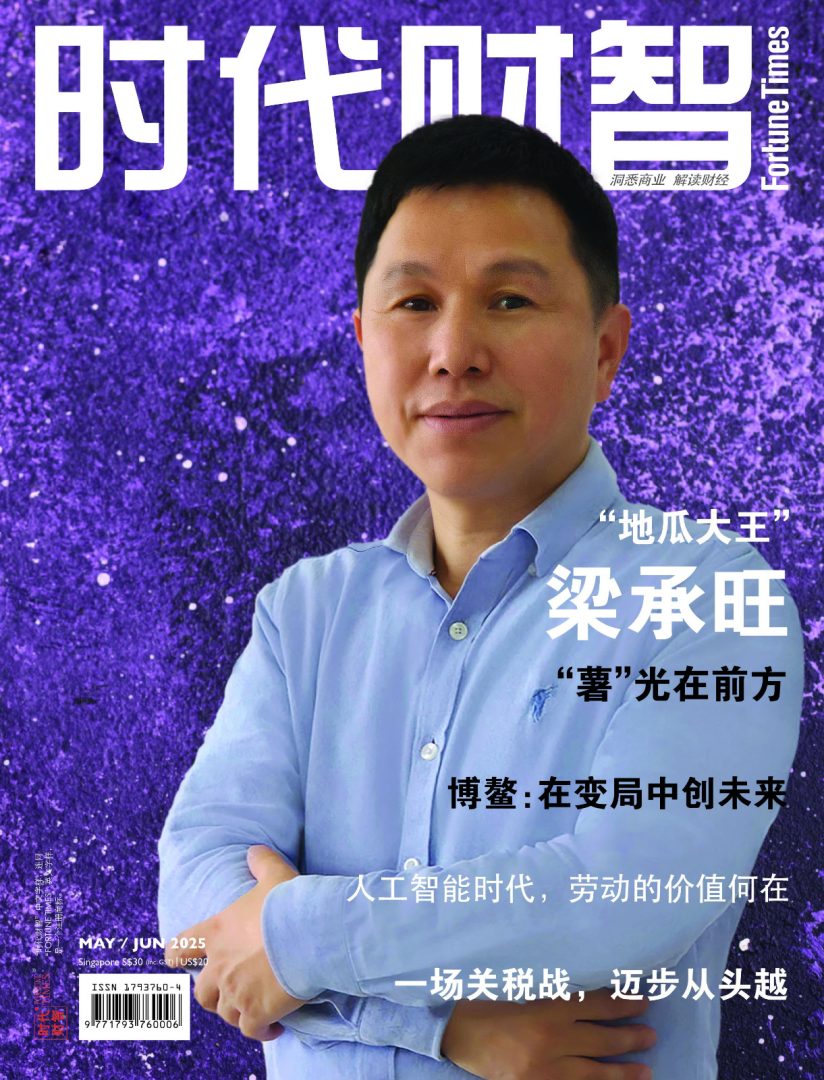(Singapore, 27.08.2025) Though unnoticed by much of the outside world, Pingxiang—the China city nearest Vietnam—is becoming an increasingly significant hub for trade between the two countries, with flow of goods expected to grow ever larger and move much faster, at least from China to Vietnam, by the end of this year.
Zhu Houdong, deputy director overseeing the installation of a new smart port system at the Friendship Pass customs in Pingxiang of Guangxi province, told visiting media members from Asean countries that once the system kicks in, goods trucked from Nanning could be expected to reach Hanoi no later than 24 hours.
That is a feat considering the two cities – capital of Guangxi and capital of Vietnam – are over 350 km apart by road and separated by two checkpoints.
Zhu highlighted that this new system that uses automated steps to eliminate all unnecessary delays is China’s first as it clears cargo trucks crossing overland into a foreign territory. The existing smart port systems in China were designed for sea ports and function in a different manner.
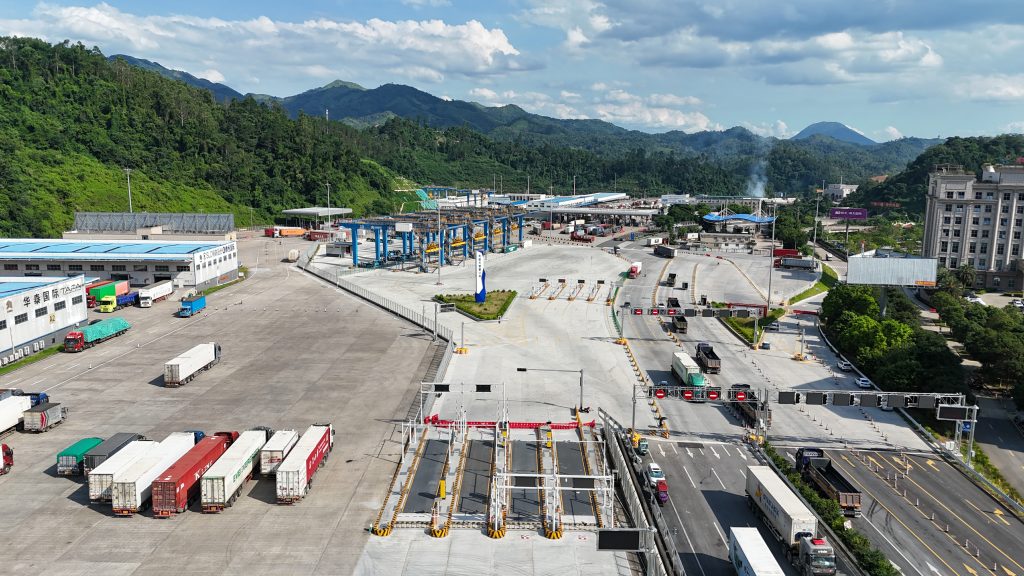
This is how the 1,062 billion yuan (about S$190 billion) system works: it transfers goods that have come in on trucks onto driverless vehicles. These vehicles then move on their own following a route into Vietnam. There the goods are transferred onto manned Vietnamese trucks which then ship them to Hanoi.
“At this time trucks that come in still form long queues every day waiting for clearance. Once we get this self-running system going, which would operate 24 hours and not shut down at 8 pm as is the case now, we could expect delivery of goods to Vietnam to speed up tremendously,” Zhu forecast.
Even before the system starts, Chinese exports through the Friendship Pass customs have been rising recently – by about US$240 million last year, more than twice the previous year’s record.
The system is expected to further boost this figure, reflecting China’s ongoing push for greater economic cooperation with ASEAN.
The customs took its name from the Friendship Pass, a historical fort located not far away on China’s border with Vietnam. The pass now chiefly serves as a controlled checkpoint where nearby residents from either side regularly cross to visit kins and friends or for business.
The smart port system would greatly benefit Pingxiang enterprises such as Guangxi Zhongguo Industrial, which imports large amount of fruit from Southeast Asia regularly, especially Vietnam and Thailand.
The company processes these imports into products like purees, jams, dried fruits, and preserved fruits for sale across China, particularly Beijing and Shanghai.
“The decision to locate our factory in Pingxiang was because of the ease of obtaining fruit from our Southeast Asian neighbors,” said Zhou Weifeng, who helms the company and is also its major shareholder. He stressed that this factor was of utmost importance when the company was founded in 2023.
With access to the diverse Southeast Asian fruits including durian, the company could experiment and create flavors tailored to China’s evolving tastes.
It now supplies its products to major supermarket chains and outlets, including the popular tea and ice cream franchise Mixue Bingcheng. Zhou disclosed that he was previously in general trading and switched to this fruit business after determining its potential opportunities.
Similarly, Central South University, whose headquarters is in Hunan Province, has established an industrial base in Pingxiang. Its reason: to leverage the region’s resource advantages, which include its abundant sugar cane and rare earth elements.
The base is committed to advanced research in areas such as new energy, novel materials, low-altitude economy, and rail transportation.
Professor Liu Gang of the university highlighted a capacitor as a proud creation of the base. The capacitor could efficiently store energy and is safe to use without the dangers that accompany lithium. And this tiny, powerful object is made from carbon derived from sugar cane, which is plentiful in Pingxiang.
Pingxiang has always been a key hub for fruit trade with ASEAN countries. As a result, the Chinese government has specially set up a China-Asean Fruit Trade Center there to upgrade its role.
The center now assists private enterprises to import, process, and trade fruits from Vietnam and other neighboring countries. It also functions as a co-operative for local villagers, helping them generate income from their agricultural produce.
Deng Qin, the center’s manager, emphasized that it is only appropriate for the center to fully leverage Pingxiang’s traditional edge to deliver societal benefits, rather than generate profit for itself.
To promote cultural exchange and forge people-to-people ties with Vietnam, Pingxiang also features a government-funded body called the Civilization Exchange Center at Friendship Pass. It regularly holds cultural activities involving Vietnamese participants. The center plays an important role in advancing understanding between the two sides and mitigating differences.
When Pingxiang’s trade grows dramatically following the launch of the smart port system, it is also likely to enter global limelight and gain recognition as China’s vital bridge in linking with Southeast Asia.
As Zhou Weifeng says, “We cannot underestimate the importance of Pingxiang as a connection point between Southeast Asia and the vast hinterland of China.”



